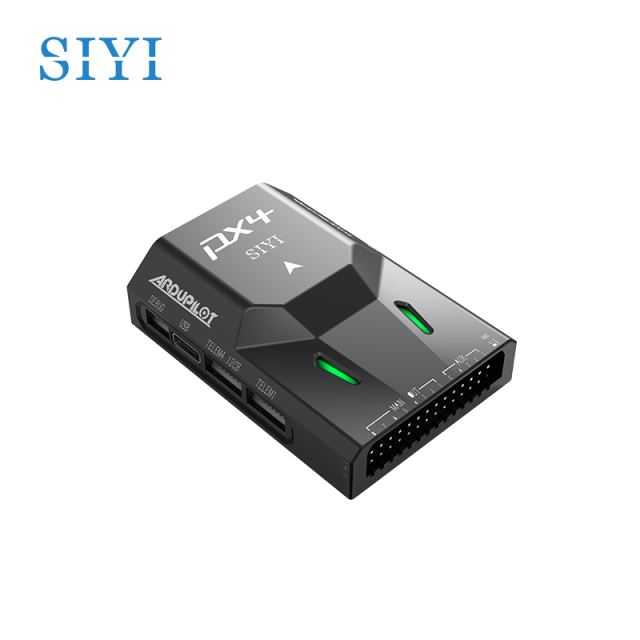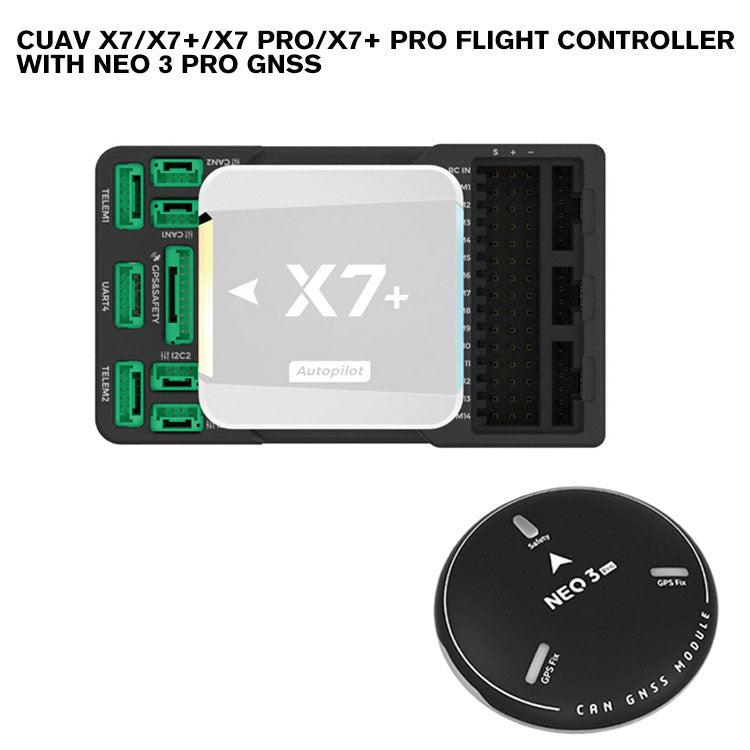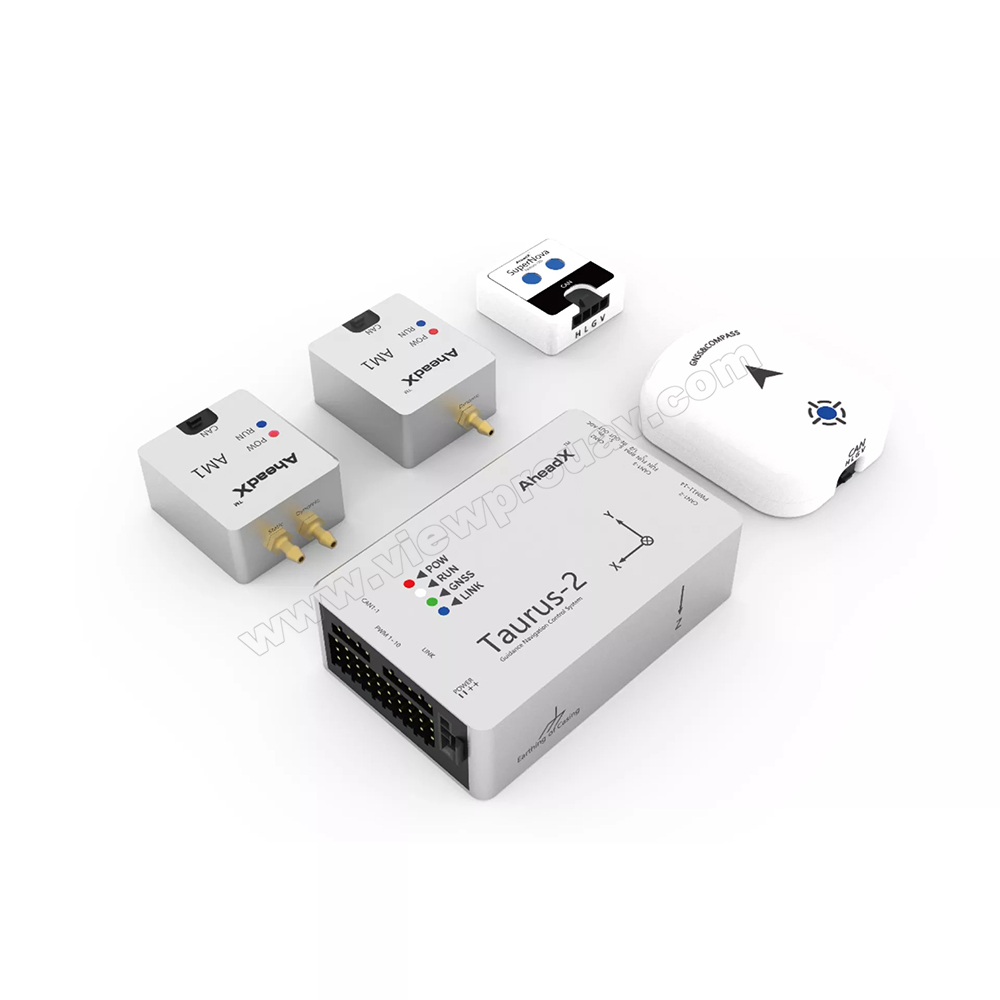Discovering the Duty of Drone Trip Controllers in Enhancing Trip Security and Navigating Effectiveness
The innovation of drone innovation has actually considerably increased the significance of flight controllers, which offer as the mind of these airborne lorries. By integrating real-time information from a selection of sensors, trip controllers boost flight stability and navigation efficiency, making sure that drones can operate smoothly also in complex settings. This conversation will certainly explore the vital components that add to these improvements, as well as the ramifications for the future of self-governing trip. What advancements lie in advance that could further change the abilities of drone trip controllers?

Recognizing Trip Controllers
Flight controllers are integral elements in the performance of drones, functioning as the minds that stabilize and manage trip operations. These advanced tools process information from numerous sensors, consisting of accelerometers, gyroscopes, and GPS, to make certain that the drone keeps its intended trip path. The flight controller analyzes this data and implements commands based on pre-defined formulas, making it possible for the drone to reply to environmental modifications, such as wind or barriers.
The primary function of a flight controller is to maintain security throughout trip. It accomplishes this by making real-time changes to the drone's electric motors and control surfaces, guaranteeing equilibrium and control. In addition, modern-day flight controllers include innovative features such as waypoint navigating, enabling for automated trip courses and boosted functional efficiency.
Understanding the design of flight controllers is essential for both professionals and enthusiasts. As modern technology breakthroughs, trip controllers have actually ended up being a lot more compact and qualified, incorporating fabricated knowledge to boost decision-making processes and adjust to intricate flight circumstances.
Secret Elements of Trip Security
Attaining ideal trip security in drones relies on a number of essential elements that operate in performance to guarantee controlled and smooth procedures. Central to this security is the trip controller itself, which refines data from numerous sensing units to keep the wanted trip perspective. This includes accelerometers and gyroscopes that measure activity and alignment, enabling for real-time adjustments to the drone's position.
Another critical element is the digital rate controllers (ESCs), which control the power supplied to the electric motors. By carefully adjusting motor rates in action to flight controller commands, ESCs help keep equilibrium and neutralize disruptions brought on by wind or unexpected activities.
In addition, the design of the drone's framework plays a pivotal role in flight stability. A well-structured structure reduces resonances and improves the general aerodynamic account, contributing to smoother flight qualities. Ultimately, the combination of advanced formulas within the flight controller help in anticipating modifications, making certain a versatile and responsive trip experience.
Together, these elements create a natural system that improves a drone's stability, enabling exact handling and improved efficiency in numerous flight problems.
Navigating Effectiveness Methods
Effectiveness in navigation is vital for enhancing drone procedures, particularly in intricate atmospheres. Efficient navigation strategies enhance the capability of drones to go across tough terrains and prevent challenges, thereby enhancing functional performance and safety.
One noticeable method is the execution of advanced general practitioners and inertial measurement systems (IMUs) that provide precise place tracking and positioning data. These modern technologies permit drones to determine optimal flight courses in real-time, thinking about various aspects such as go to this site wind conditions and possible barriers.
One more strategy involves the use of formulas for course preparation and optimization. Algorithms such as A * and Dijkstra's formula can be deployed to determine one of the most effective route while lessening power usage and flight time. Furthermore, incorporating machine learning models can make it possible for drones to adaptively gain from their environments, improving navigating capabilities with experience.

Effect On Autonomous Drones
The integration of innovative navigating techniques has actually greatly changed the capacities of independent drones, allowing them to run with better autonomy and accuracy. SparkNavi drone flight controller and GNSS/INS made in taiwan. These enhancements are largely credited to innovative trip controllers that use real-time information handling and sensing unit combination, permitting drones to browse complex atmospheres flawlessly
The effect on self-governing drones prolongs beyond mere navigation; it encompasses enhanced barrier avoidance, improved stability throughout dynamic conditions, and boosted objective reliability. By leveraging algorithms that incorporate artificial intelligence and expert system, drones can adapt to altering circumstances, making informed choices that maximize their trip paths while reducing threats.
Additionally, the find more information application of robust trip controllers has actually facilitated the implementation of intricate jobs, such as airborne evaluations, delivery services, and agricultural surveillance, with marginal human intervention. This ability not just enhances operations yet also lowers human error, therefore enhancing total safety.
As an outcome, the functional range of self-governing drones has actually expanded considerably, making them essential tools in numerous markets. Their capacity to do successfully in varied circumstances highlights the crucial role that progressed flight controllers play in shaping the future of unmanned airborne systems.
Future Fads in Flight Control
Often, advancements in flight control modern technology are poised to redefine the landscape of drone procedures in the coming years. Arising fads show a considerable change towards improved synthetic knowledge (AI) combination, allowing flight controllers to refine real-time information more efficiently. This advancement will facilitate improved decision-making capacities, permitting drones to adapt to vibrant environmental conditions autonomously.
Moreover, the implementation of artificial intelligence algorithms is expected to boost predictive maintenance, consequently decreasing downtime and expanding the lifecycle of drone components. This proactive technique to upkeep will certainly be vital as drone applications increase across numerous sectors, from agriculture to logistics.

.jpg)
Lastly, developments in safe and secure communication methods will resolve safety and regulatory worries, ensuring that drones can operate perfectly in congested airspaces (SparkNavi drone flight controller and GNSS/INS made in taiwan). Jointly, these patterns point towards a future where trip control systems are not only smarter and extra additionally qualified but reliable of running safely in a progressively incorporated airspace
Conclusion
In verdict, drone flight controllers are integral to boosting flight security and navigation efficiency through the sophisticated handling of sensing unit information. By keeping optimal trip attitudes and utilizing advanced algorithms for course optimization and challenge evasion, these controllers dramatically add to the autonomy and operational security of drones. As modern technology continues to develop, additionally innovations in trip control systems are anticipated, assuring enhanced performance and broadened capacities in the world of unmanned airborne automobiles.
By incorporating real-time data from a range of sensors, trip controllers improve trip security and navigation effectiveness, guaranteeing that drones can run smoothly even in complicated atmospheres.Flight controllers are site web essential elements in the functioning of drones, offering as the brains that take care of and maintain flight operations. In addition, modern-day trip controllers integrate advanced functions such as waypoint navigating, allowing for automated trip courses and boosted functional performance.
Central to this security is the flight controller itself, which refines information from different sensing units to maintain the wanted trip attitude.In verdict, drone flight controllers are important to improving flight stability and navigation efficiency via the innovative handling of sensing unit information.